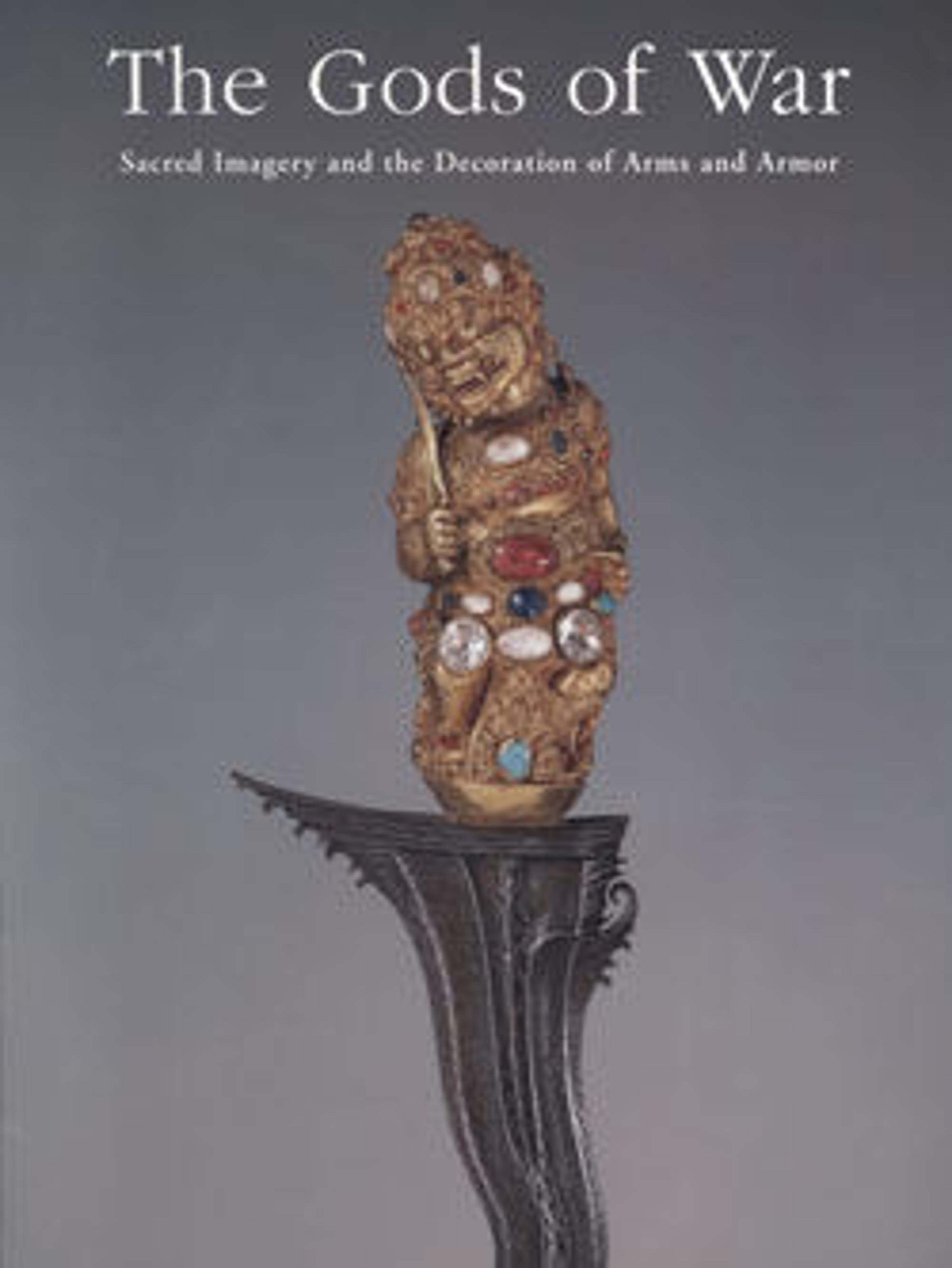Helmet Crest (Maidate)
This crest made in the form of a gohei, the ancient ceremonial wand that is a central element in Shintō ritual, is purely Shintō in its inspiration. The traditional gohei is a staff adorned with pleated paper or cloth streamers, which are usually white but may also be black, silver, gold, or other colors. The gohei is used to perform ritual purifications of individuals as well as of votive offerings and is imbued with protective powers. As a prelude to worship the gohei</i.> draws the attention of the god to the shrine and during the ritual represents the presence and power of the divinity itself.
Artwork Details
- Title: Helmet Crest (Maidate)
- Date: 18th–19th century
- Culture: Japanese
- Medium: Wood, copper, gold, lacquer, pigments, silver, textile
- Dimensions: H. 15 in. (38.1 cm); W. 11 in. (27.9 cm)
- Classification: Helmet Crests
- Credit Line: Bequest of George C. Stone, 1935
- Object Number: 36.25.240
- Curatorial Department: Arms and Armor
More Artwork
Research Resources
The Met provides unparalleled resources for research and welcomes an international community of students and scholars. The Met's Open Access API is where creators and researchers can connect to the The Met collection. Open Access data and public domain images are available for unrestricted commercial and noncommercial use without permission or fee.
To request images under copyright and other restrictions, please use this Image Request form.
Feedback
We continue to research and examine historical and cultural context for objects in The Met collection. If you have comments or questions about this object record, please complete and submit this form. The Museum looks forward to receiving your comments.
